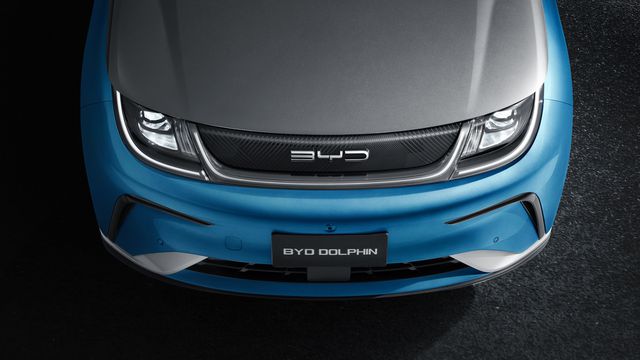MAZDA

Model CX-60 will have special paint created through the exclusive paint technology called TAKUMINURI
Mazda Motor Corporation has announced the introduction of the new color Rhodium White to its palette, a special paint created using the exclusive TAKUMINURI paint technology. It will be available this summer and will appear predominantly on Mazda models within the Larger Products group, debuting in the all-new Mazda CX-60.Believing that paintwork is a crucial part of the elements that shape a vehicle, Mazda is focusing efforts on the development of colors and tones that accentuate the dynamic and delicate expression of its models, implicit in the design subordinated to the Kodo theme - Soul of Motion. Inspired by Japanese aesthetics, the new Rhodium White is a pure white tone, based on beauty, simplicity and the absence of superfluous elements. The fine granules integrated into the paint accentuate the shadows on the vehicle's surface, complementing the metallic texture of the new color.
With the development of Rhodium White, Mazda elevated the attributes of TAKUMINURI technology, achieving the mass production of a highly expressive finish using just three layers: transparent, reflective and finally the color layer. The latter gives rise to a newly developed white pigmentation, which results in a silky, smooth, fine-grained white. As a general rule, the primer tends to appear in white-based paints, paints whose transparent layer is generally thicker than in other shades. To get around this issue, the Rhodium White color uses a recently developed pigmentation, and Mazda has managed to reduce the thickness of the transparent layer by a maximum of 30%, a fact that contributes to a more efficient use of resources, while offering a reduction of CO2 emissions during the production process.Mazda uses a method in which the paint, which contains ultra-fine, high-brightness aluminum flakes, is meticulously applied to generate a uniform thickness that is then greatly reduced in volume during the reflective layer drying process. The reflective layer is therefore extremely thin, approximately 0.5 microns, equivalent to about 7% of the thickness of a conventional reflective layer.
The Hiroshima brand has also achieved a finish similar to a hand painting process, with the aluminum flakes aligned smoothly and at regular intervals along the reflective layer. The entire surface shines when exposed to light and features a realistic metallic texture, where the individual flakes of aluminum are evenly distributed and in line with the undulations of the body's surface, producing a shiny, shaded appearance in light. complements the brightness of the Rhodium White color itself.Assuming the firm belief that color and paint style are essential factors in any vehicle, Mazda will continue to look for new expressions of color and paint technologies in order to increase the level of appeal of its products.
Autonews




Nenhum comentário:
Postar um comentário